Let me start by saying this: MinIO is fantastic software, and I genuinely like it. I’ve used it in several projects, and the results have always been excellent. But for those who might not be familiar with it, here’s a quick overview without going deeper into boring technical details.
MinIO is a high-performance, open-source object storage server with one big, fundamental highlight—it’s fully compatible with Amazon S3, AWS’s service for storing files online, such as photos, videos, documents, backups, and more.
So, like S3, MinIO lets you store and manage large amounts of unstructured data using a simple web or API interface. As you guessed, it’s also primarily used in cloud-native environments and supports scalability, redundancy, and data protection features. And here’s its biggest advantage over S3 — it’s free and open-source (AGPLv3 license).
Thanks to this and its powerful features, all directly available and manageable via sleek UI, MinIO has earned a solid reputation as the go-to choice for DevOps teams, cloud engineers, data engineers, data scientists, and software developers as a reliable, enterprise-grade solution that’s free to use and offers S3-compatible (and often even better) functionality.
So, everything was going just fine… until a few days ago, when a PR titled “Implemented AGPL MinIO Object Browser simplified Console” finally got merged. That’s when the truth behind this so-called “simplification” — and the real intent driving it — started to come into focus.
Here are two screenshots (provided by a Reddit user) comparing the MinIO admin console before and after the change to give you a better idea of what this “simplification” actually looks like in practice.
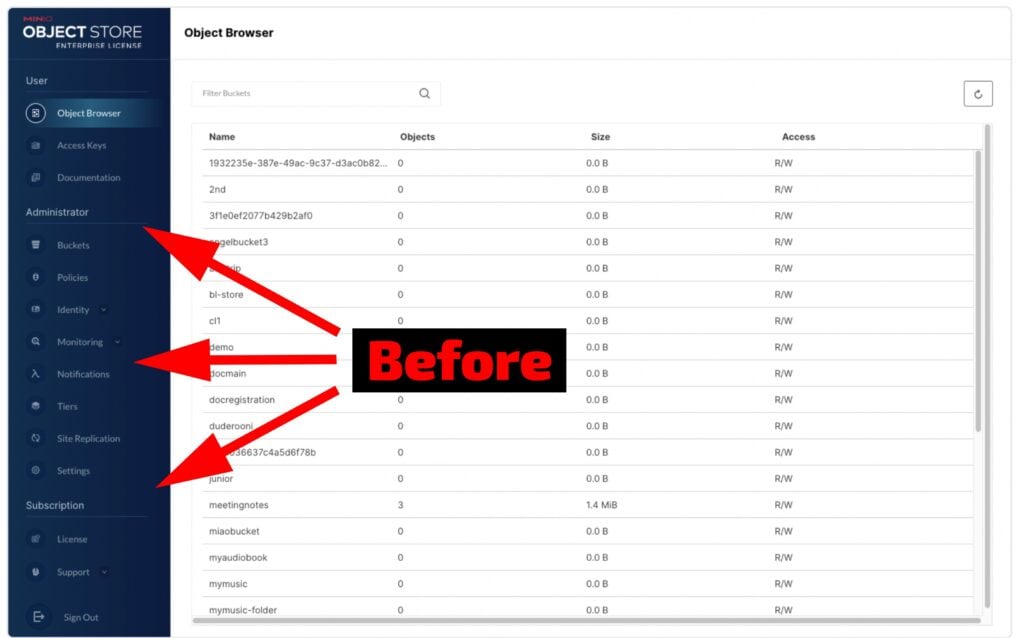
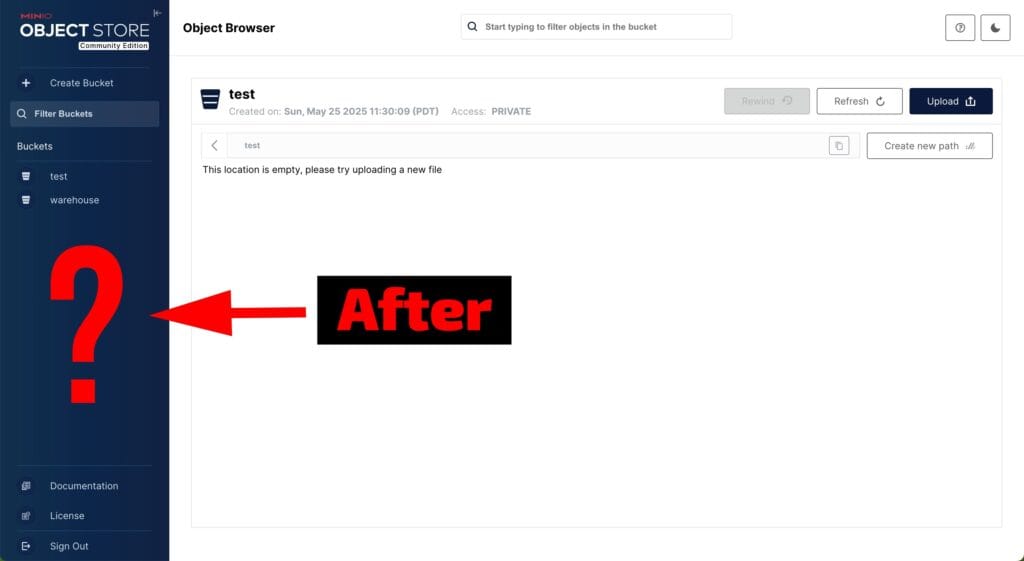
Wow! That’s what I call a true “simplification.” You don’t need to be a tech genius to notice the glaringly obvious — all the essential MinIO admin features have quietly vanished from the web console (except the object browser).
For those who love diving into the numbers, here’s the breakdown: the PR in question touched 1,086 files, with 66,208 lines added and a whopping 191,451 lines removed. In simple words, that’s 125,243 lines of code cleaned up.
And just when you’re scratching your head thinking, “Wait, what’s going on here?”, you stumble across a MinIO developer’s comment explaining that if you want the full-featured, user-friendly console back, well… you’ll just need to upgrade to the paid offering. Shortly after, the discussion thread gets locked. No more questions, no more comments.
Just for information, their commercial licensed version appears to start at $96,000/year (even for 1TiB capacity).
But let’s not be too gloomy about it. I’ll give credit where it’s due—those features are still around. The catch? They’re now only accessible through the mc admin – a command-line tool used for administrative tasks on MinIO servers. So, it’s time to roll up your sleeves, say goodbye to the luxury of point-and-click admin UIs, and get your hands dirty in the command line—just like real IT pros do.
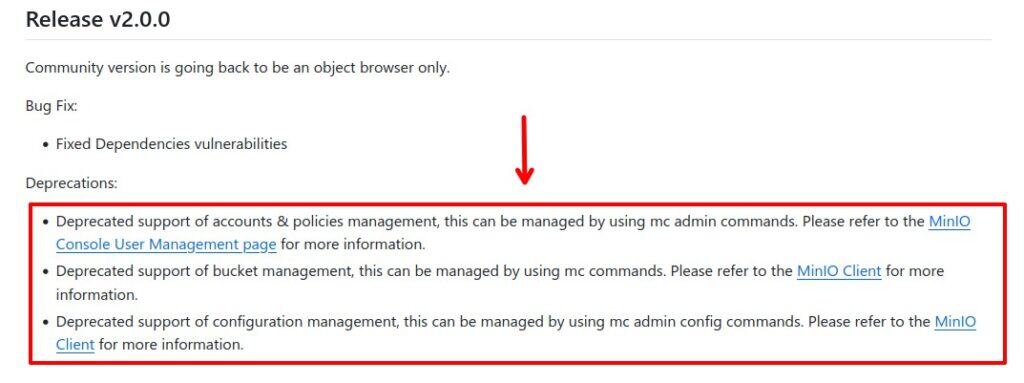
Is MinIO Still Open Source? Not Really.
Like it or not, the first thing that comes to mind when looking at this situation is last year’s Redis drama. At least in their case, they had the guts to be upfront—they officially changed their license, which meant stepping out of the open-source world.
As you can guess, this move sparked an immediate and inevitable response; the community launched the Valkey project as a drop-in replacement, which even improved Redis in some ways. A little later, major Linux distros started removing Redis from their repos and offering the new alternative, Valkey, as its replacement.
Somewhere in that moment, the company realized that chasing a short-term win had cost them the bigger picture. About a year later, recognizing their mistake, they reversed course and returned to an open source license. Sadly, what’s done is done.
I’m sure MinIO has carefully analyzed the situation, weighed the risks, and decided to take a more strategic route—one that, on the ethical side, clashes with all the values of open source. In short, they’re saying: We’re not changing the license, and yes, we’re still technically open source. But if you want to unlock our software’s full power and convenience, you must pay for it.
However, I’m not sure that MinIO would be where it is today without the voluntary work of open-source developers who helped shape and improve the software alongside the company’s own team. So, MinIO—are you really confident this move is right and not follow in Redis’s footsteps, because…
Open Source > Money. Always.
Every great open-source project has earned its place by building trust within the developer community. It’s not just about the technical work or the time and skills devs generously contribute, though those matter a lot. What really sets a project apart is something even more valuable: visibility.
When a project gains traction and starts reaching thousands — even millions — of developers and open source enthusiasts, that kind of exposure becomes a powerful form of promotion. And the best part? It’s completely organic, free, and more effective than anything even the biggest tech companies could buy.
However, the consequences can be difficult to foresee if you lose this visibility and trust. The open-source community is truly one of a kind — it fiercely supports the ideas and projects it believes in. But once that trust is broken, it’s a point of no return — or if there is, the road is incredibly tough. It’s happened before, and history has shown just how real that risk is.
So, MinIO, I have no doubt that in the short term, your carefully crafted strategy—put together by some sharp financial minds—will pay off. You’ll likely see a bump in paid subscriptions, and that’s a win on paper. But I also expect something else—something I hope you’ve taken into account: the emergence of an alternative.
When open-source supporters pull back, they tend to leave a gap, and gaps don’t stay empty for long. There’s always someone ready to fill the space, often with something just as good, if not better. Take Redis, for example: it took only ten days for Valkey to step up after their announcement. Honestly, I wouldn’t be surprised if a similar thing happens here. Or, maybe, I could be wrong. Let’s wait and see how it all plays out.
MinIO Alternatives
Just to add for our readers, if you’re looking for MinIO alternatives, on the S3 compatibility side, some options currently include Garage, Ceph, SeaweedFS, OpenIO, JuiceFS, and Apache Ozone.
That said, it’s important to note that while these are all open-source, software-defined storage platforms, they don’t offer a replacement for how MinIO works, its full range of features, or how you’re probably used to it. They just offer identical functionality.
Out of the options listed above, among recent community comments, Garage – a lightweight geo-distributed data store that implements the Amazon S3 object storage protocol, seems like the most natural choice for replacing MinIO.
The downside is that the software lacks a web-based admin interface (for now—initial work has already started in this direction). Luckily, another open-source project called Garage Web UI steps in to fill that gap.
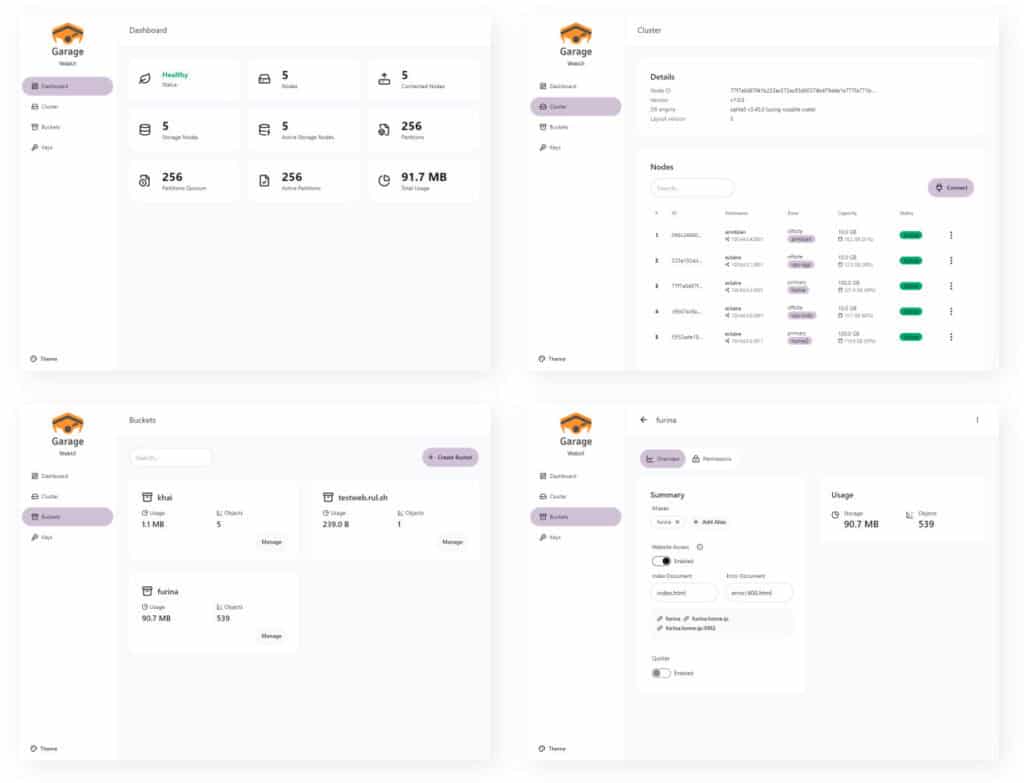
Moreover, keep in mind that Garage doesn’t support object versioning and retention. So, if those aren’t deal-breakers for you, it’s definitely worth considering. However, I highly recommend first looking here for a detailed comparison between platforms and checking the compatibility sheet if you’re considering migrating.
Bottom Line
The MinIO story isn’t the first and probably won’t be the last. It follows a familiar pattern: a project launches with the open-source flag held high, grounded in the values of FOSS. It finds success, builds a strong community, and eventually catches the attention of enterprise players.
As business demand grows, the project introduces paid subscriptions—something many companies are willing to pay for. That, in turn, drives the need for more funding, more development, and a more structured business model. Over time, the project hits a tipping point: it’s popular, widely adopted, and well-positioned in the market.
At that point, the original FOSS spirit starts to take a backseat. When there’s real money on the table, continuing to give everything away for free becomes harder to justify. So, the focus shifts. Paid subscriptions move front and center. The open-source foundation helped it grow, but now financial goals are calling the shots.
Does MinIO have the right to do this? Absolutely. It’s their software, and they’re free to do with it as they see fit. But is the approach they’ve taken questionable—morally and ethically—especially in the context of the open-source community? Without a doubt, yes.
So, is MinIO still open source? Technically, yes—it’s licensed under AGPLv3. However, given their recent actions, which go against FOSS’s ethical and moral values, continuing to call it feels both sad and ironic.
As I said earlier, trust and visibility are everything in the FOSS world. With this move, MinIO has lost the former, and the latter is at risk once that’s gone. I genuinely wish them success in the business-focused direction they’re pursuing. They’ll need it. Because from this point on, the road back to the FOSS community looks less like a path and more like a mirage.
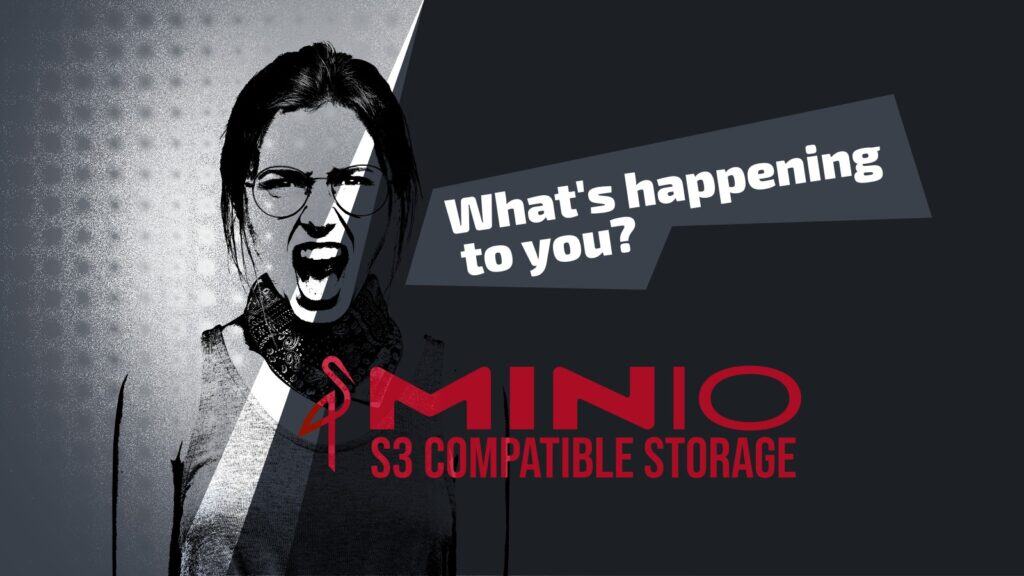
I know there is a software that claims to be faster than MinIO: RustFS.
The Console console is very beautiful and is also licensed under the Apache license.
The small file performance comparison video is very cool
https://github.com/rustfs/rustfs
Let me just add this small link:
(yes, it’s been forked already)
https://github.com/OpenMaxIO/openmaxio-object-browser